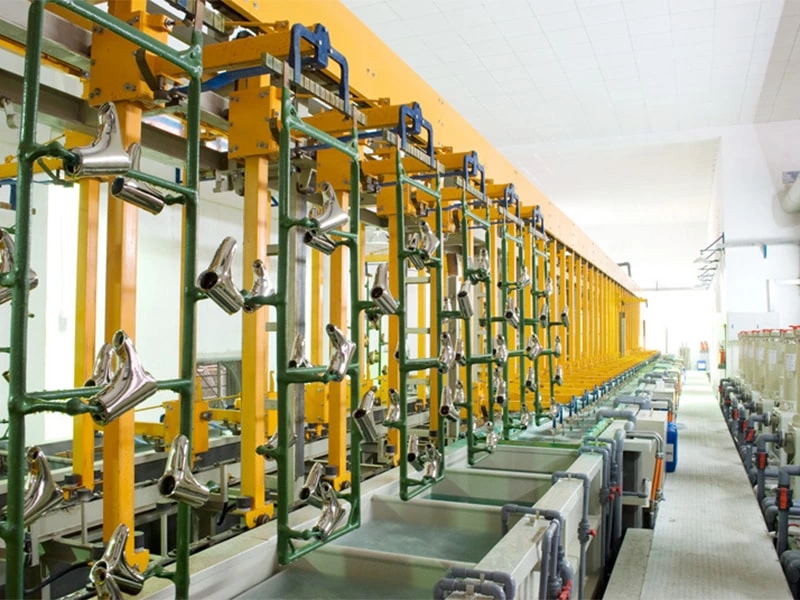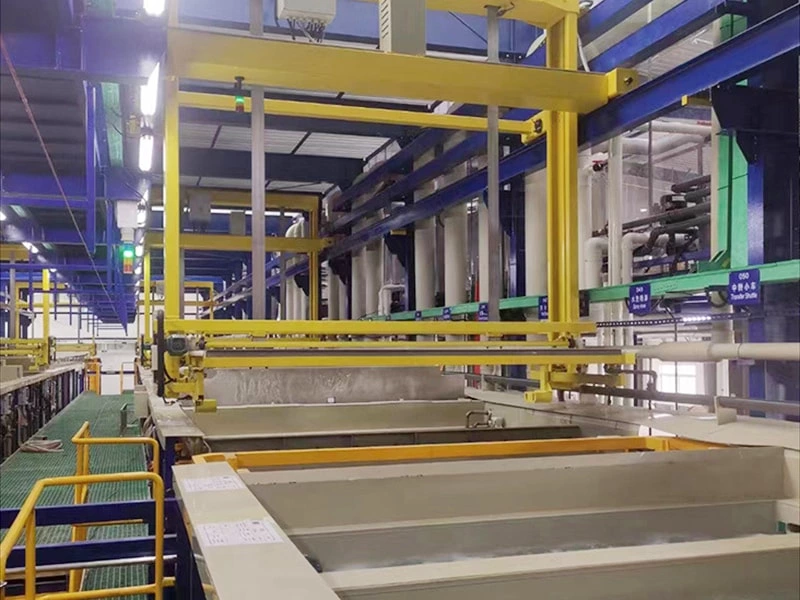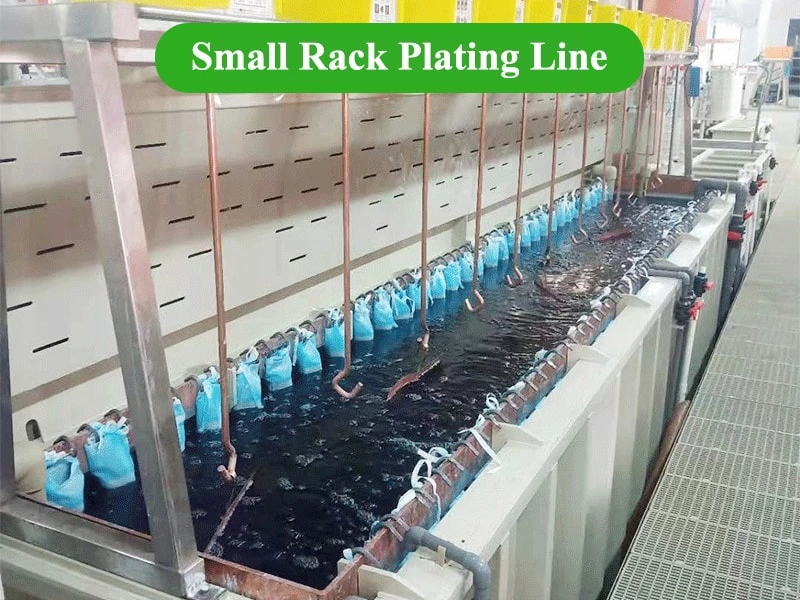What Is Electroplating
Electroplating is the process of plating a thin layer of other metals or alloys on some metal surfaces by using the principle of electrolysis. It is a process that uses electrolysis to attach a layer of metal film to the surface of metal or other materials to prevent metal oxidation (such as rust).
Improve wear resistance, conductivity, reflectivity, corrosion resistance (copper sulfate, etc.) and enhance the appearance. The outer layer of many coins is also electroplated.
Electroplating Basic Meaning
During electroplating, the plated metal or other insoluble materials are used as the anode, and the workpiece to be plated is used as the cathode, and the cations of the plated metal are reduced on the surface of the workpiece to be plated to form a coating. In order to eliminate the interference of other cations and make the coating uniform and firm, it is necessary to use a solution containing metal cations as the electroplating solution to keep the concentration of metal cations in the coating unchanged.
The purpose of electroplating is to plate a metal coating on the substrate to change the surface properties or dimensions of the substrate. Electroplating can enhance the corrosion resistance of metals (mostly coated metals are made of corrosion-resistant metals), increase hardness, prevent wear, improve conductivity, smoothness, heat resistance and beautiful surface.

Electroplating Principle
In simple terms, in the salt solution containing the metal to be plated, the base metal to be plated is used as the cathode, and through electrolysis, the cations of the metal to be plated in the plating solution are deposited on the surface of the base metal to form a coating.
Elements of Electroplating:
1. Cathode: the object to be plated, referring to various connector terminals.
2. Anode: If it is a soluble anode, it is the metal to be plated. In the case of insoluble anodes, mostly noble metals (platinum, iridium oxide).
3. Electroplating potion: electroplating potion containing metal ions to be plated.
4. Electroplating tank: It can withstand and store electroplating chemicals, generally considering factors such as strength, corrosion resistance, and temperature resistance.
5. Rectifier: A device that provides DC power.
Polishing→polishing→hanging→degreasing→water washing→electrolytic polishing or chemical polishing→pickling activation→pre-soaking→electroplating→washing→post-treatment→washing→drying→hanging→inspection and packaging
Electroplating working conditions refer to the operating change factors during electroplating, including: current density, temperature, stirring and power waveform.
Plating Method
Electroplating is divided into rack plating, barrel plating, continuous plating and brush plating, which are mainly related to the size and batch size of the parts to be plated.
1. Rack plating line is suitable for general-sized products, such as car bumpers, bicycle handlebars, etc.
2. Barrel plating line is suitable for small parts, fasteners, washers, pins, etc.
3.Continuous plating line is suitable for mass-produced wire and strip.
4. Brush plating line is suitable for partial plating or restoration.
The electroplating solution includes acidic, alkaline, and acidic and neutral solutions with chromium admixtures. No matter what plating method is used, the plating tanks and hangers that are in contact with the products to be plated and the plating solution should have a certain degree of safety. Versatility.
Plated Metal
There are more than 10 kinds of electroplating zinc, nickel, chromium, copper, tin, iron, cobalt, cadmium, lead, gold, silver and so on.
Electroplating Development Stage
Alloy electroplating, jewelry electroplating, plastic electroplating.
Electroplating and Environmental Protection
The wastewater and waste liquid discharged from the electroplating factory contain a large amount of metal ions such as: chromium, pickaxe, nickel, cyanide, acid, alkali, and generally organic additives. The composition of wastewater generated in electroplating machine production is very complex. In addition to cyanide (CN-) and acid and alkali, heavy metals are potentially extremely harmful wastewater categories in the electroplating industry. These substances seriously endanger the environment and human health.
The treatment of wastewater or waste liquid discharged from electroplating production must strictly meet the discharge standards. The development trend of electroplating wastewater treatment in the 21st century should be to completely eliminate pollution, strive to achieve zero discharge, and truly realize clean production.





